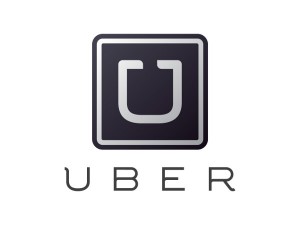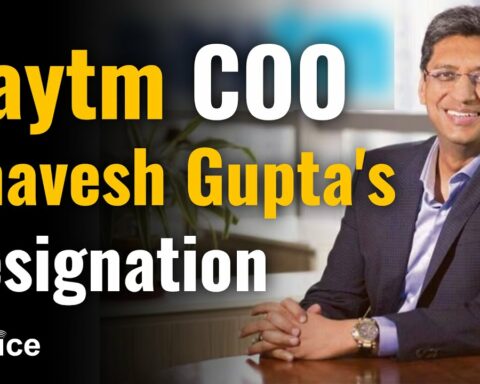HIGHLIGHTS
-
Uber will be focussing on winning the Indian market by leveraging technology to cut costs
-
It hands out Rs 125 as incentive to drivers per trip across most Indian cities
-
The game of discounting was triggered when Uber entered India two years ago










